Roof Battens: Everything you need to know
Whether you’re building a new roof or replacing an old one, roof battens play an important role in ensuring everything stays structurally sound and weatherproof. But what exactly are they, and how are they used?
In this guide, we’ll break down everything you need to know about roof battens, from their sizes and materials to their alternative uses, such as fencing.
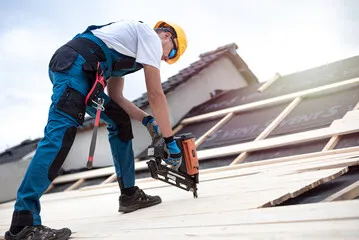
What are roof battens?
Roof battens (also known as roofing battens) are thin strips of timber or metal fixed horizontally to the rafters of a roof. They create a fixing point for roof tiles, slates, or sheets, helping to evenly distribute weight and keep the roofing materials securely in place.
In simple terms, battens form the foundation that holds your roofing materials together. Without them, tiles would have no stable support, and the roof would be much less durable.
Why are roof battens important?
Roof battens have several purposes:
Support and spacing – They provide a stable framework for attaching roof tiles or slates, ensuring they’re evenly spaced.
Ventilation – By creating a small gap between the roof covering and the underlay, battens help prevent condensation.
Weatherproofing – While roof battens are not waterproof themselves, they contribute to an overall weather-resistant roofing system when used alongside felt or breathable membranes.
Safety and structure – They improve load distribution and can even offer footholds during roof installation.
Types of roofing battens
There are several types of timber roof battens, usually made from softwoods like pine or spruce. They’re often pressure-treated to resist rot, fungus, and insect damage - so yes, roof battens are treated in most cases to improve longevity.
In some modern roofing systems, metal battens are used for their strength and resistance to warping. However, timber remains the most common choice for residential properties in the UK.
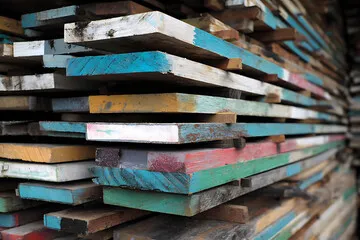
Roof batten sizes
Roof batten sizes can vary depending on the roofing material and pitch of the roof. Common standard sizes in the UK include:
25mm x 38mm – for lightweight roof tiles
25mm x 50mm – for heavier tiles or slates
19mm x 38mm – often used for felt and batten roofing systems
Always check manufacturer recommendations before installation to ensure the correct batten size and spacing are used.
If you’re wondering how many roof battens per m² you’ll need, this will depend on the size of your tiles and the batten spacing. On average, there are around 4 to 5 battens per square metre, but this can vary with roof design and tile overlap.
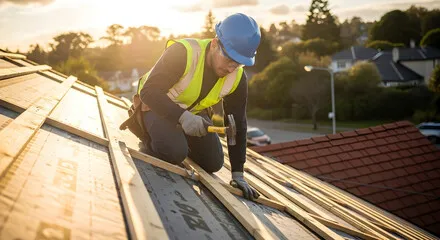
How to batten a roof
Learning how to batten a roof is an essential skill for roofing projects. Here’s a simplified process:
- Lay roofing felt or membrane – Start by covering the rafters with a breathable underlay.
- Mark spacing lines – Use a chalk line or batten gauge to mark where each batten should go.
- Fix the battens – Secure each batten horizontally using appropriate nails. If you’re wondering what size nails for roof battens, 65mm nails are typical for 25mm thick battens.
- Check alignment – Ensure battens are straight and evenly spaced before fixing roof tiles.
For more complex jobs, especially when learning how to felt and batten a roof, it’s best to follow building regulations or consult a roofing professional.
Why are roof battens different colours?
If you’ve noticed that roof battens are different colours, it’s usually due to the type of preservative treatment used. Red or pink hues often indicate treated timber, while green or brown may show copper-based preservatives. The colour doesn’t affect performance, it shows that the timber has been treated for protection against decay and insects.
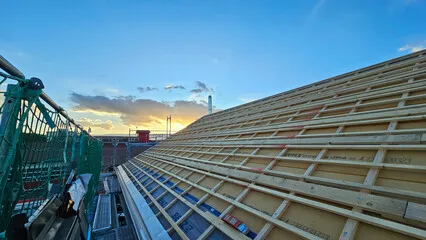
Can you use roof battens for fencing?
A surprisingly common question is whether you can use roof battens for fencing, or more specifically, how to build a roof batten fence.
Technically, roof battens can be used for fencing, but they’re designed for roofing rather than outdoor structural use. Their narrow size means they’re not as durable or sturdy as traditional fence timber. If you do want to try a roof batten fence, it’s best suited for decorative garden panels or lightweight screening.
Are roofing battens waterproof?
As mentioned earlier, roofing battens are not waterproof, but they’re designed to work with other roofing components to form a watertight system. The roofing felt or membrane provides the main moisture barrier, while battens add structure and allow airflow to prevent damp buildup.
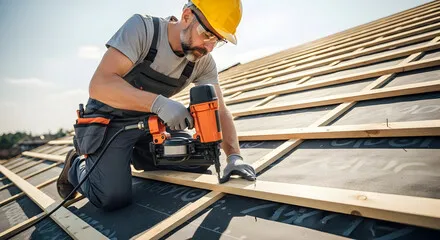
To conclude
Roof battens may seem like a small part of your roofing system, but they play a crucial role in keeping everything aligned, ventilated, and supported. Whether you’re researching roof batten sizes, wondering why roof battens are different colours, or even considering a roof batten fence, understanding their purpose and use can make all the difference in your next home improvement project.
In summary:
- Roof battens provide essential support for tiles and slates.
- They are usually made from treated timber.
- They come in standard sizes depending on the roof type.
- They are not waterproof but contribute to a durable, well-ventilated roof structure.
If you have any more questions concerning roof battens, or you require any additional information about the roofing products we sell at Howarth, please visit your local Howarth branch, or contact our customer services on 01472 907051.
You can also explore our range of roofing products here, and you can even visit us in branch for more information.
Recent Posts
-
How to make your home more energy efficient
Every home can be greener but how do we make sure we are living in energy efficient homes? With risi
-
How do you prevent pipes from freezing?
Winter is an exciting time, with everyone looking forward to the incoming festivities. But with the
